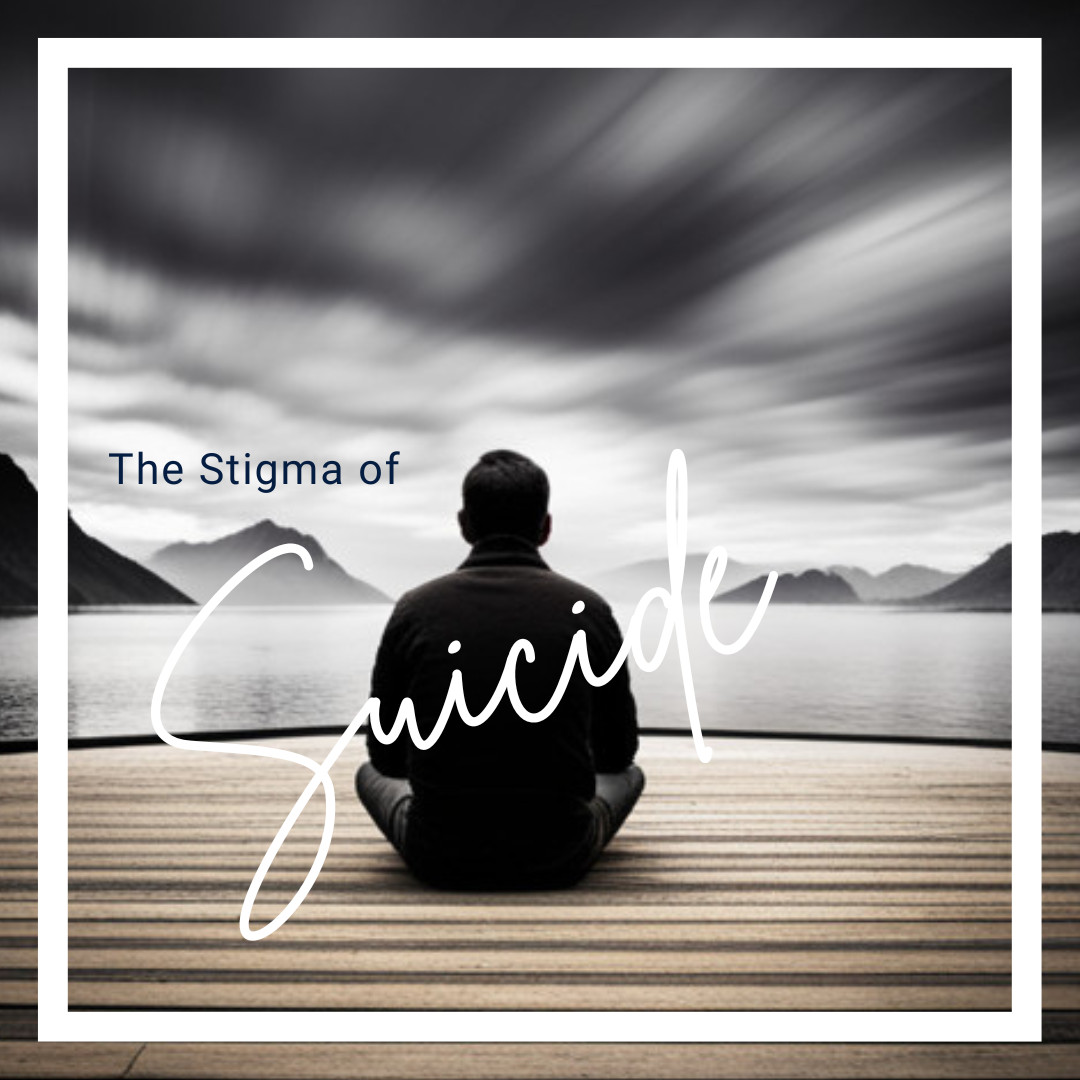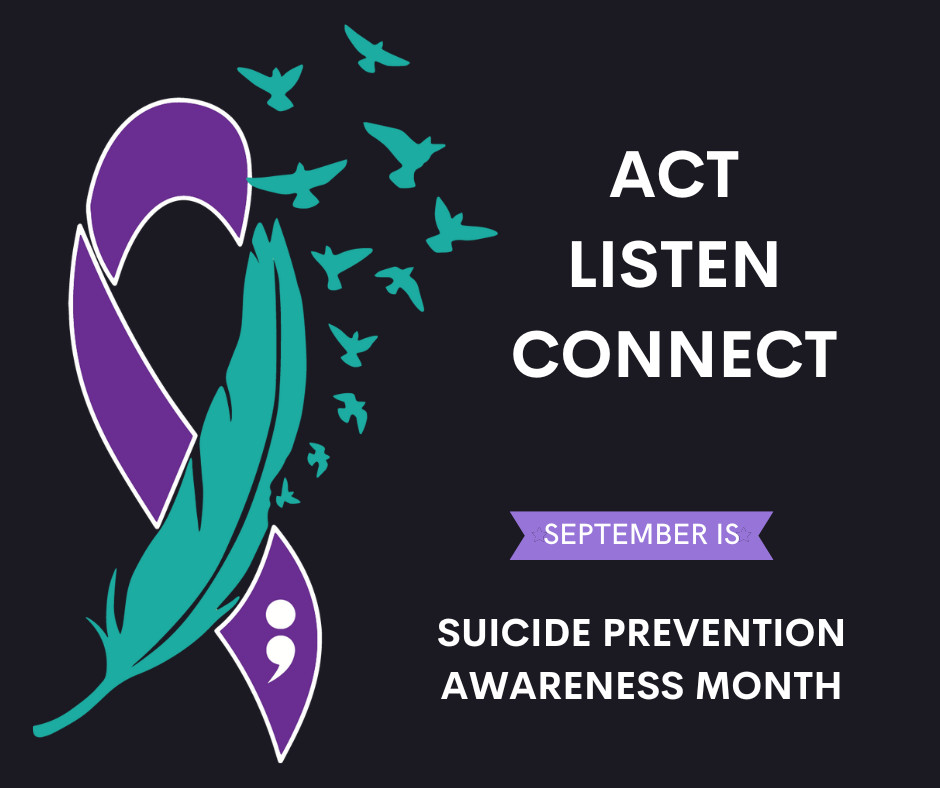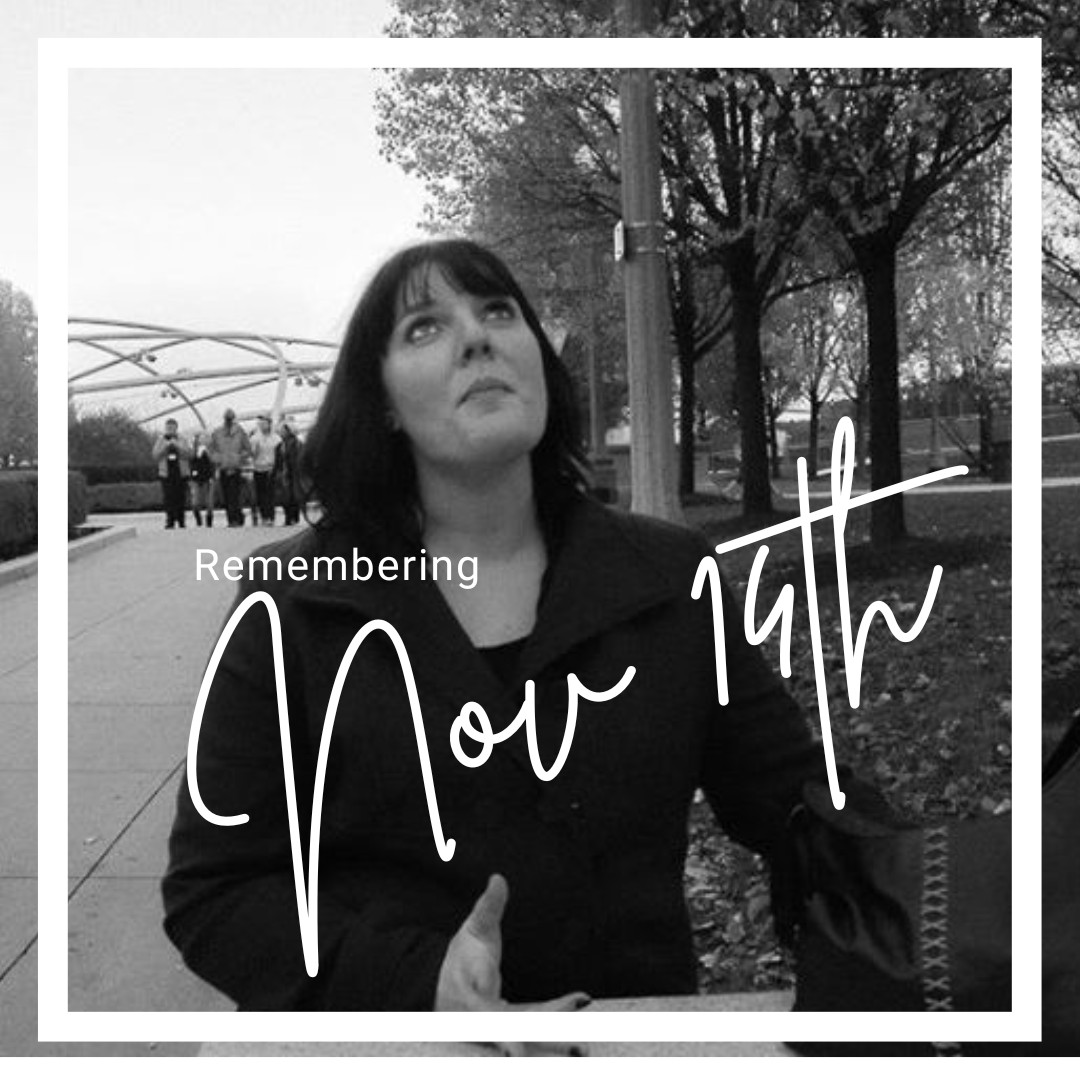
Suicide is a tough topic to discuss. It's uncomfortable, it's scary, and it's often stigmatized. As a suicide loss survivor, I know firsthand that dealing with the aftermath of suicide is incredibly challenging. But it's the stigma of suicide that often makes the experience even more isolating. The myths and misconceptions surrounding suicide can be harmful, not just for those who have lost someone to suicide, but also for those who may be struggling with suicidal thoughts themselves. That's why it's time to have an honest conversation about the stigma of suicide and work together to end the myths.
Myth #1: Suicide Is a Selfish Act
This myth suggests that people who die by suicide are only thinking about themselves and don't consider the impact their death will have on others. But the truth is, people who die by suicide are often experiencing immense emotional pain. They may feel like a burden to others, or like they have no other way out of their suffering. Suicide is not a choice people make lightly, and it's not a reflection of their character or how much they loved their family and friends.
Myth #2: Suicide Only Happens to People with Mental Illness
Nope. While mental illness can certainly be a risk factor for suicide, it's not the only one. Trauma, substance abuse, and chronic pain can also contribute to suicidal thoughts and behaviors. It's important to recognize that suicide can affect anyone, regardless of their mental health history.
Myth #3: Talking About Suicide Will Make People More Likely to Attempt It
This myth suggests that if we avoid talking about suicide, we can prevent it from happening. But the reality is, talking about suicide openly and honestly can actually help prevent it. When we create a safe space for people to talk about their thoughts and feelings, we can provide support and resources to help them stay safe.
Myth #4: People Who Attempt Suicide Are Just Looking for Attention
This myth is not only hurtful, but it's also dangerous , in fact this is just the opposite. People who attempt suicide are in distress and need help. Ignoring or dismissing their cries for help can increase their risk of future suicide attempts. After a while, our loved ones don't cry out. They put on a happy face and you don't see the intent until it's too late. We need to take all suicide attempts seriously and provide appropriate care and treatment.
Myth #5: Non-Fatal Suicidal Behavior Isn't Serious
Just because someone survived a suicide attempt doesn't mean they are no longer at risk. In fact, those who have attempted suicide are at increased risk for future attempts. It's important to support people who have survived suicide attempts and provide them with the resources and care they need to stay safe. My daughter tried four times that I know of prior to succeeding.
The stigma of suicide is harmful and can prevent people from getting the support and resources they need. Remember, this is a mental health issue. Their problem solving skills are overwhelmed by intense emotional pain. By having an open and honest conversation about suicide, we can work together to break down the myths and misconceptions. Let's create a world where talking about suicide openly and without shame is the norm. It's up to us. Together, we can support those who are struggling and prevent suicide from claiming more lives.












0 Comments